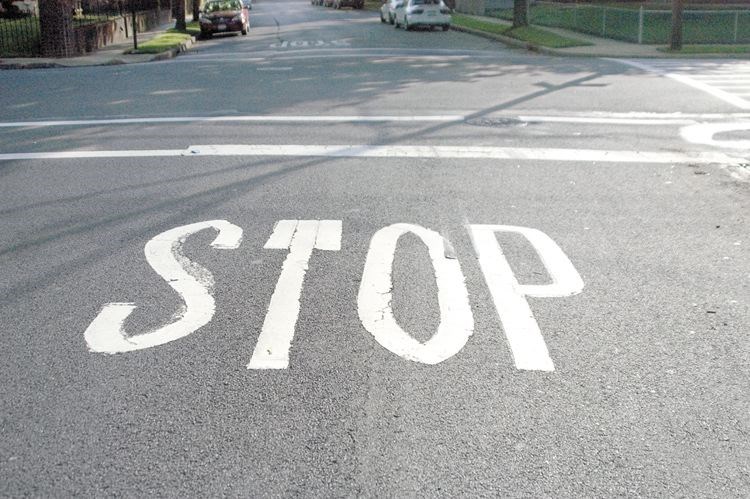The pedestrian death this week of a woman walking along Highway 97 near CNC has sparked a discussion about the legalities of crossing a road.
When does the pedestrian have the right of way? When is it the driver's prerogative?
"When drivers fail to yield, pedestrians pay the price," said a spokesperson from ICBC, regardless of whom may be right or wrong in a particular instance.
More than 2,500 pedestrians are injured each year in B.C. due to being struck by vehicles. Out of all vehicle-involved fatalities in B.C., one in five are pedestrians.
One of the easiest tricks for ensuring safety if you are a pedestrian, said ICBC, is to always make conscious eye contact with any driver approaching your path. If the driver hasn't visually acknowledged you, consider the vehicle a safety threat and take protective measures.
Some of the safety suggestions provided by ICBC include pedestrians walking as far away from traffic lanes as possible (the most distant side of the sidewalk, for example). If there is no sidewalk, walk on the shoulder that faces oncoming traffic, so both walker and driver can better see each other.
When crossing a street or road, pedestrians should stop, look both ways, and at all intersections add a look over the shoulder to determine no vehicle might be turning into your walking path.
While crossing, keep visual focus on all lanes of traffic in case an oncoming driver doesn't notice you.
If you are a driver, always be aware of your surroundings and expect the unexpected pedestrian. Just because you might have the legal right of way doesn't mean you shouldn't take measures to protect an errant pedestrian.
"Always cross at designated crosswalks," said ICBC and that is more than just a guideline. It's also the law. Contrary to the belief of some, not all intersections are automatically the right of way of the pedestrian.
"When a pedestrian is crossing a highway at a point not in a crosswalk, the pedestrian must yield the right of way to a vehicle," says Section 180 of B.C.'s Motor Vehicle Act. In Section 179 of the legislation it further stipulates that drivers must yield to pedestrians in the act of using the crosswalk "and the pedestrian is on the half of the highway on which the vehicle is travelling, or is approaching so closely from the other half of the highway that he or she is in danger."
The Motor Vehicle Act stresses that the pedestrian also has defensive obligations.
One must not "leave a curb or other place of safety and walk or run into the path of a vehicle that is so close it is impracticable for the driver to yield the right of way," said the document.
It also set in law that no driver is allowed to overtake or pass a vehicle that is slowing down or is stopped to allow a pedestrian to safely cross.
Drivers and pedestrians alike are encouraged by ICBC to refrain from using headphones or other devices that might impede the sound of danger approaching. Cell phone use is strictly forbidden for drivers, but is also discouraged for pedestrians when they are in a vulnerable position like a crosswalk.
Pedestrians are urged to wear noticeable clothing or use reflectors or lights so as to enhance visibility to drivers.
International student Sandeep Kaur died Wednesday after she was struck by a vehicle. The driver has been charged with impaired driving causing death.


